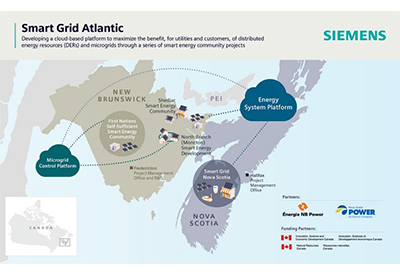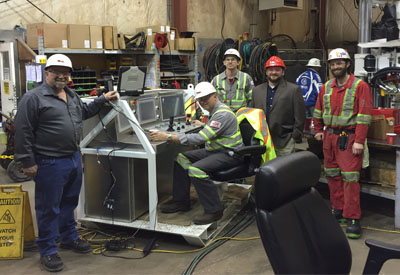Code Quiz: Canadian Electrical Code, Part 1, 26th Edition Section 28 – Motors and Generators

by William (Bill) Burr
Question:
Adam is working in his garage cutting wood on his table saw. Suddenly the lights go out and the sump pump and the table saw stop running. There is obviously a power outage. After a short time, the lights and the sump pump come back on, but thetable saw stays off. Adam needs to restart it.
Can you explain why the lights and sump pump come back on automatically, but the table saw does not?
Answer: The lights and sump pump are on rocker switches that stay in the on position during the power outage. The lights and sump pump come on when the power comes back on since the switches are in the on position. This is an example of low voltage release. The table saw motor has a magnetic starter. When the power goes off the magnetic coil releases and shuts down the saw motor. When the power comes back on, the table saw can only come back on if the magnetic starter is turned on. This is an example of low-voltage protection.
Excerpt from CEC, Part 1 Section 28 Motors and Generators
“Undervoltage protection 28-400 Undervoltage protection required for motors (see Appendix B) Motors shall be disconnected from the source of supply in case of undervoltage by one of the following means, unless it is evident that no hazard will be incurred through lack of such disconnection:
a) when automatic restarting is liable to create a hazard, the motor control device shall provide low-voltage protection; or
b) when it is necessary or desirable that a motor stop on failure or reduction of voltage and automatically restart on return of voltage, the motor control device shall provide low-voltage release.
Definitions from Section 0
Low-voltage protection — a device that operates on the reduction or failure of voltage to cause and maintain the interruption of power to the main circuit.
Low-voltage release — a device that operates on the reduction or failure of voltage to cause interruption of power to the main circuit, but not to prevent its re-establishment on the return of voltage to a safe operating value.”
















